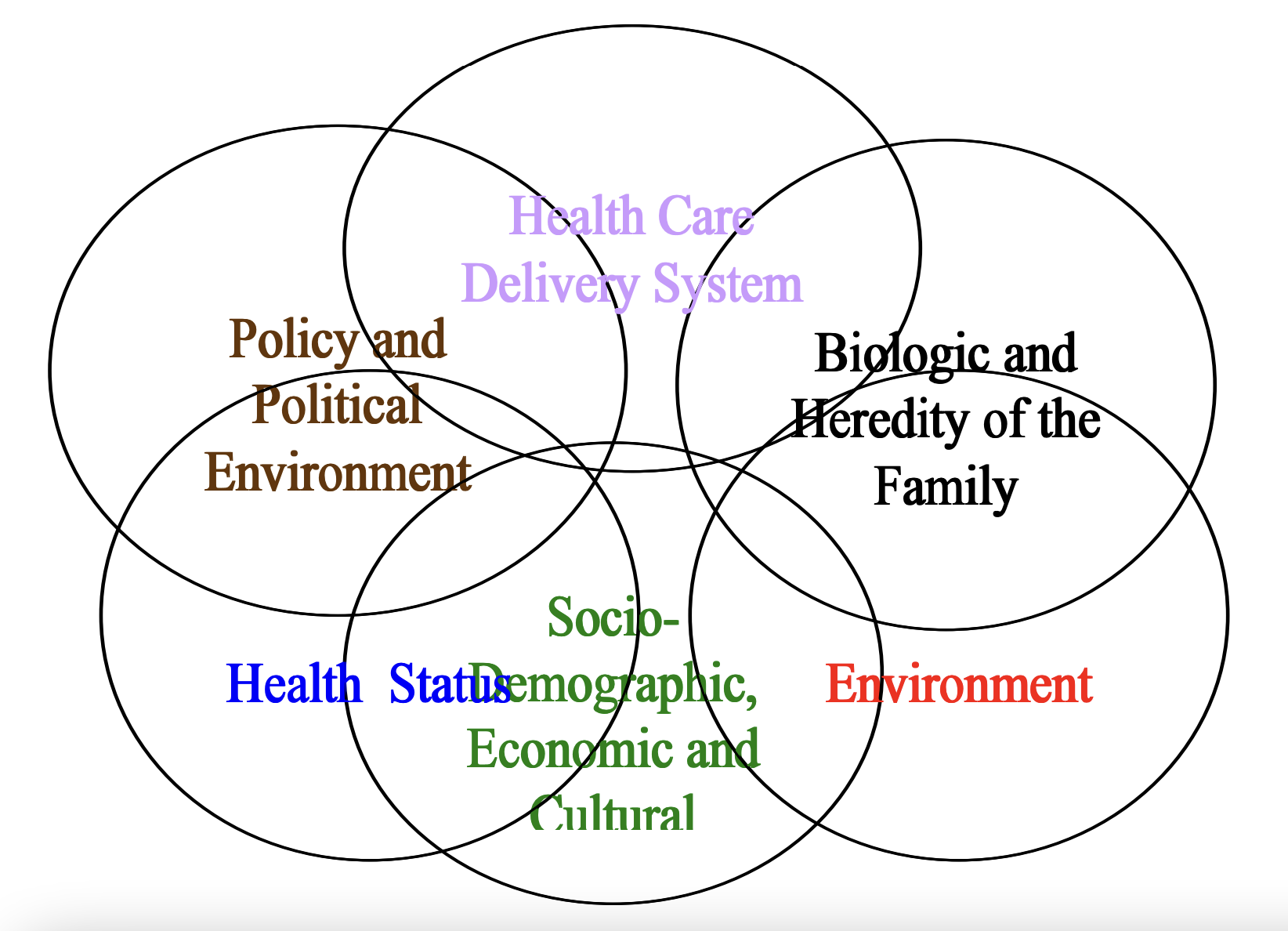1 Introduction Biostatistics and Epidemiology
1/30
There's no tags or description
Looks like no tags are added yet.
Name | Mastery | Learn | Test | Matching | Spaced |
|---|
No study sessions yet.
31 Terms
The Census
They conducted this to find out how many people there are in the country.
Every 5 years every Roman man had to register
The men had to declare their family, wife, children, slaves, and riches.
If a man didn’t do this his possessions would be confiscated; if a man wanted to free his slave he would only have to enter his name as a citizen
Census in Roman Empire
The Romans wanted to know how many people belonged to their empire for taxation purposes.
There was a decree from the Roman Government that people must go back to their original place.
2,500 years old
Epidemiology’s roots are nearly
Hippocrates
During the 400 B.C.
He declared a viewpoint disease occurrence is not due to supernatural events. He believes it is caused by some microorganism or some substances that come from the environment.
His essay Entitled “On Airs, Waters, and Places” suggested that Environmental and host factors such as behaviors might influence the development of disease.
John Graunt
Father of Demography. He took note of the different signs and symptoms of the disease and made a compilation of it. Book “Bills of Mortality” published in 1662
John Snow
Father of Epidemiology. The first one who had an impact on the count of diseases of an epidemic in London specifically “Cholera”.
1929, 1937, 1948
In ____ a huge paper on application of statistics was published in Physiology Journal by Dunn.
In ____, 15 articles on statistical methods by Austin Bradford Hill, were published in book form.
In ____, a RCT (Randomized Control Trial) of Streptomycin for pulmonary TB., was published in which Bradford Hill had a key influence.
Randomized Control Trial
This is the procedure used or done by epidemiologists when they have to make vaccines or produce medicines. The trial should be fully finished before they give the vaccine.
The last phase of the trial is usually done through a mass trial - it is tried on many people and checked to see if it has bad effects.
1952, 1982
Then the growth of Statistics in Medicine from _____ was an 8-fold increase by ______.
Statistics
The science which deals with collection, classification, and tabulation of numerical facts as the basis for explanation, description, and comparison of the phenomenon”(Lovitt)
Biostatistics
Statistics arising out of biological sciences, particularly of Medicine and Public Health.
The methods used in dealing with statistics in the fields of medicine, biology and public health for planning, conducting and analyzing data which arise in investigations of these branches.
Purpose of Biostatistics
Health Disciplines are becoming increasingly quantitative.
Statistics pervades the medical literature
The planning, conduct and interpretation of much of health research are becoming increasingly reliant on statistical methodology.
Preventive Medicine
To provide the magnitude of any health problem in the community.
To find out the basic factors underlying ill-health.
To evaluate the health programs which were introduced in the community (success/failure).
To introduce and promote health legislation.
Clinical Medicine
Documentation of medical history of diseases
Planning and conduct of clinical studies
Evaluating the merits of different procedures
In providing methods for the definition of “normal” and “abnormal”
Planning
Design
Execution (Data collection)
Data Processing
Data analysis
Presentation
Interpretation
Publication
WHAT DOES STATISTICS COVER?
Design of study
Sample size & power calculations
Selection of sample and controls
Designing a questionnaire
Data Management
Choice of descriptive statistics & graphs
Application of univariate and multivariate statistical analysis techniques
HOW A “BIOSTATISTICIAN” CAN HELP
Epidemiology
The study of the distribution and determinants of health-related states in specified populations, and the application of this study to control health problems
upon
people
study
epi- ______, demi- ____, ology- ______
Frequency
Number of health events
Relationship of the number of events to the size of the population.
Example of Frequency
Example: Number of cases of diabetes in a population
Example of Frequency. Relationship of the number of events to the size of the population
Example: The resulting rate allows the comparison of disease occurrence across different populations
Pattern
The occurrence of health-related events by time, place, and person.
Time patterns
Place patterns
Personal Characteristics
Types of Patterns
Time patterns
Annual, seasonal, weekly, daily, hourly, weekday versus weekend, or any other breakdown of time that may influence disease or injury occurrence.
Place patterns
Geographic variation, urban/rural differences, and location of work sites or schools.
Personal Characteristics
Demographic factors - related to risk of illness, injury, or disability such as age, sex, marital status, and socioeconomic status, behaviors and environmental exposures.
Determinants
Causes and other factors that influence the occurrence of disease and other health-related events.
Examples of Determinants
Examples: Socio-demographic factors (age, sex, marital status), Socio-economic factors (family income), environmental factors, individual and family lifestyle, community, political scenario
Determinants
Assess whether groups with different rates of disease differ in their demographic characteristics to provide sufficient evidence to direct prompt and effective public health control and prevention measures.
Examples : genetic or immunologic make-up, behaviors, environmental exposures, or other socalled potential risk factors

Social Determinants of Health (WHO)

Determinants of Health
